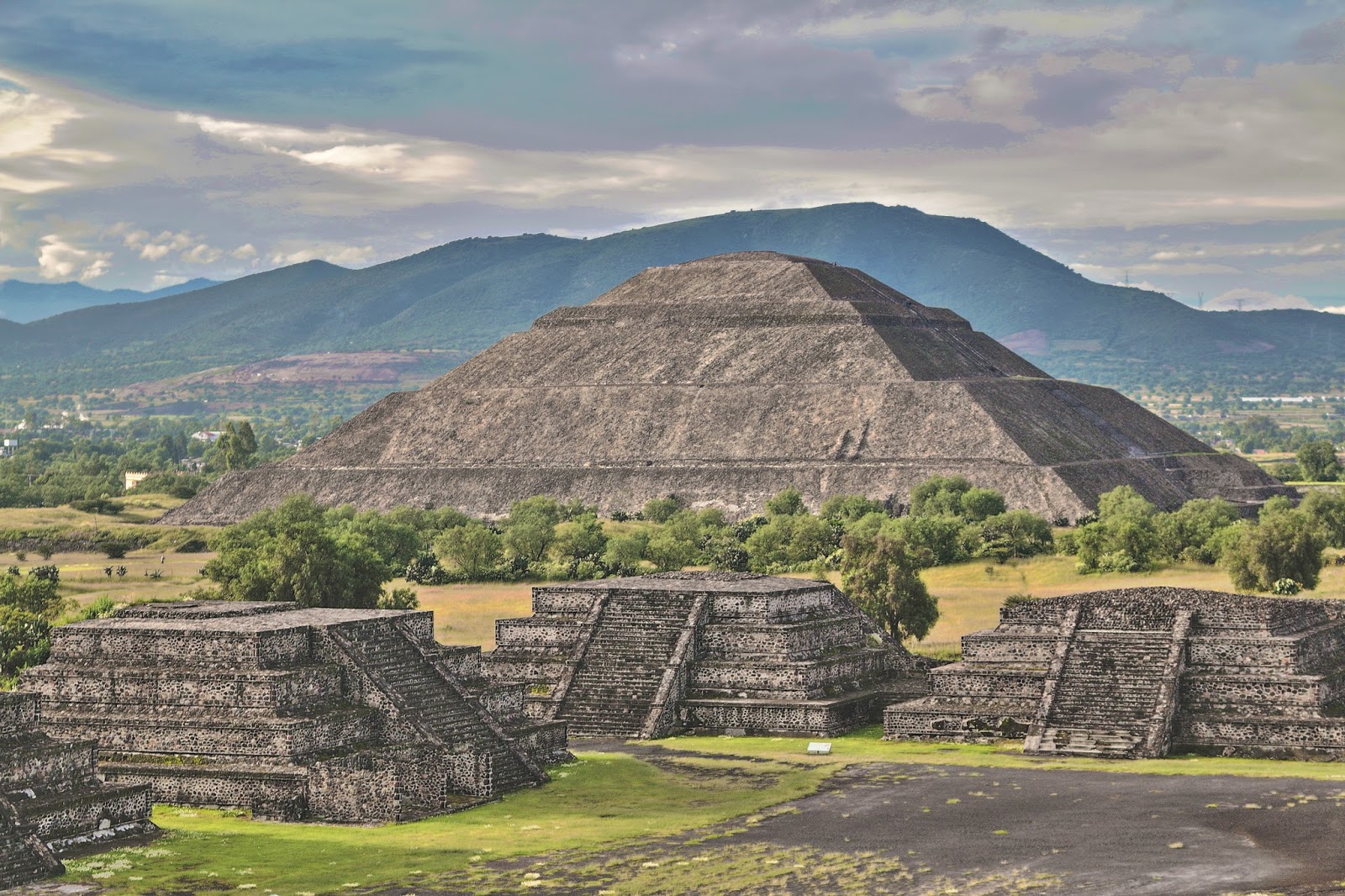
Souls and the Afterlife
The Three Souls
The Afterlife
After a person’s various souls dispersed at the moment of death, it was only the teyolia that went to one of several different afterlives, all of which were determined by how one died rather than what quality of life they led.
Warriors who died in battle, sacrificial victims, and merchants who died fighting while traveling had the honor of helping the sun to rise for four years, after which they would come to exist again on tlalticpac, the earth, in the form of butterflies and hummingbirds. Women who died in childbirth had a similar fate, helping the sun to set for four years, before being transformed into a fearsome star spirit, a tzitzimitl, who went to dwell with the goddess Itzpapalotl.
Victims of drownings, lightning strikes, and certain “watery” illnesses such as leprosy, edema, and sores went to dwell with Tlaloc in Tlalocan, a verdant, flowering paradise. Child sacrifices also went here. Also of note, victims of Tlaloc were buried, in contrast to the much more common method of cremation.
For those who died of old age, or in less auspicious ways, the soul went to Mictlan, the underworld domain of Mictlanteuctli and Mictecacihuatl, lord and lady of the dead. Aided by the god Xolotl, the soul spent four years navigating treacherous terrain and dangerous spirits before arriving in Mictlan, which was believed to be a dim, quiet place of rest.
Modern Interpretations
Contemporary practitioners typically have less literal views of the afterlife than the historic Mexica, and most don't tend to worry about where we will go when we die.
The trials and dangers on the road to Mictlan, for instance, are sometimes viewed as a process of depersonalization for the spirits of the dead, preparing them to be reintegrated back into teotl and ultimately remade in the material world. Mictlantecuhtli and Mictecacihuatl are thought to be more the deities responsible for this cycle, rather than just king and queen of the underworld.
Others believe in more than just the three souls identified by the Mexica, and they, too, go their separate ways upon death, to fates other than those prescribed historically, such as an ancestor collective.
